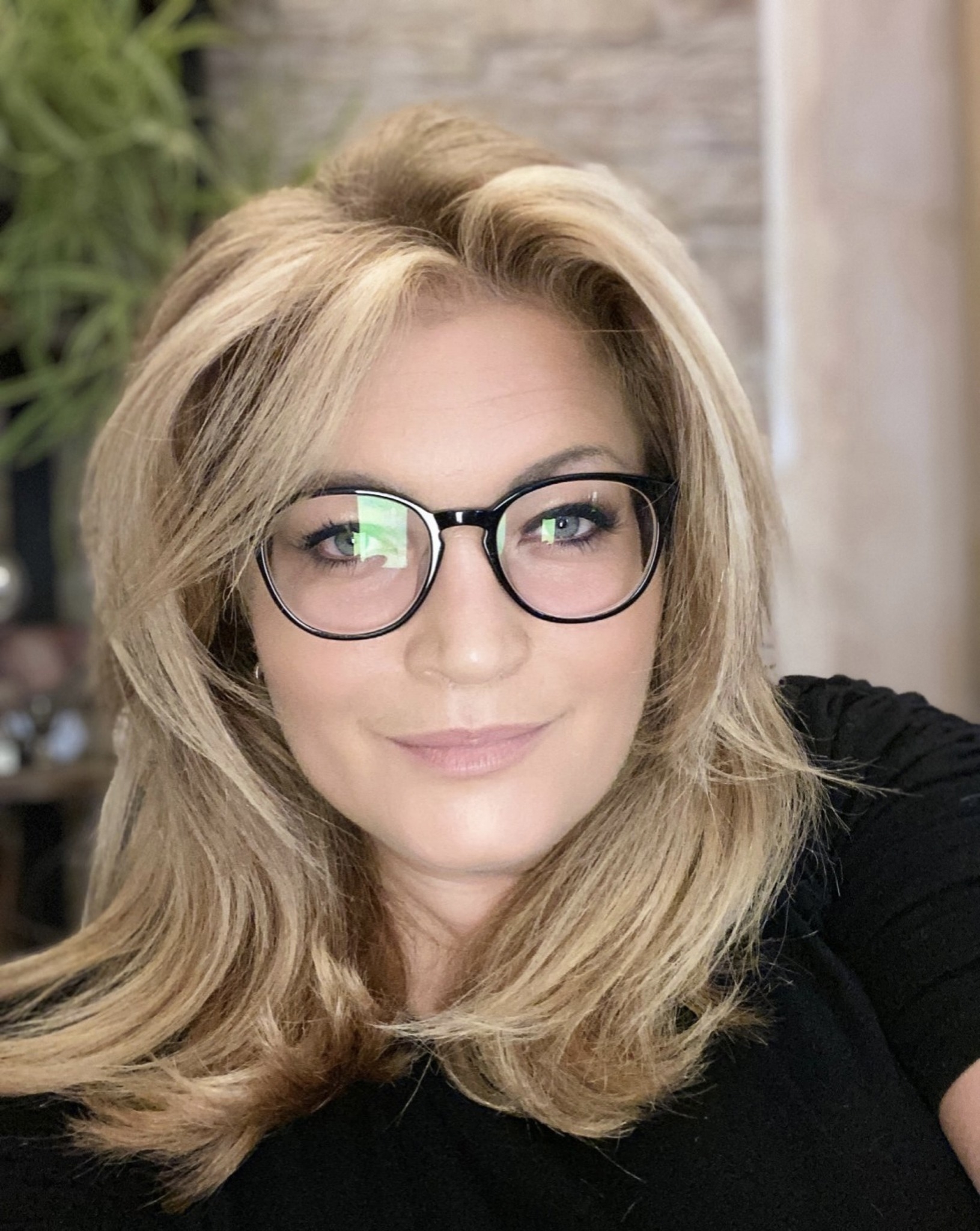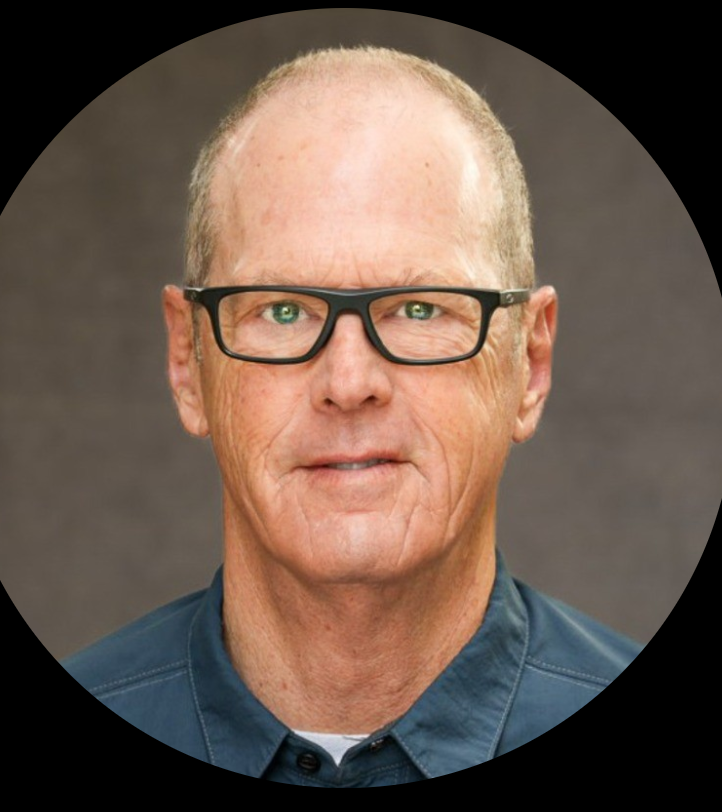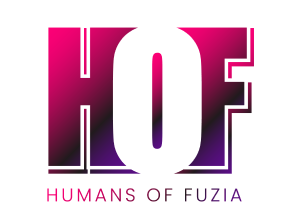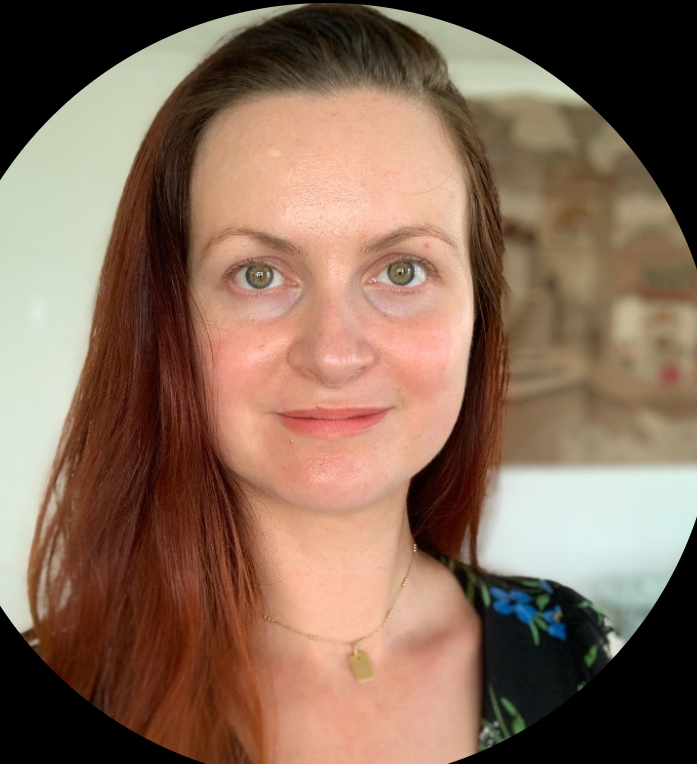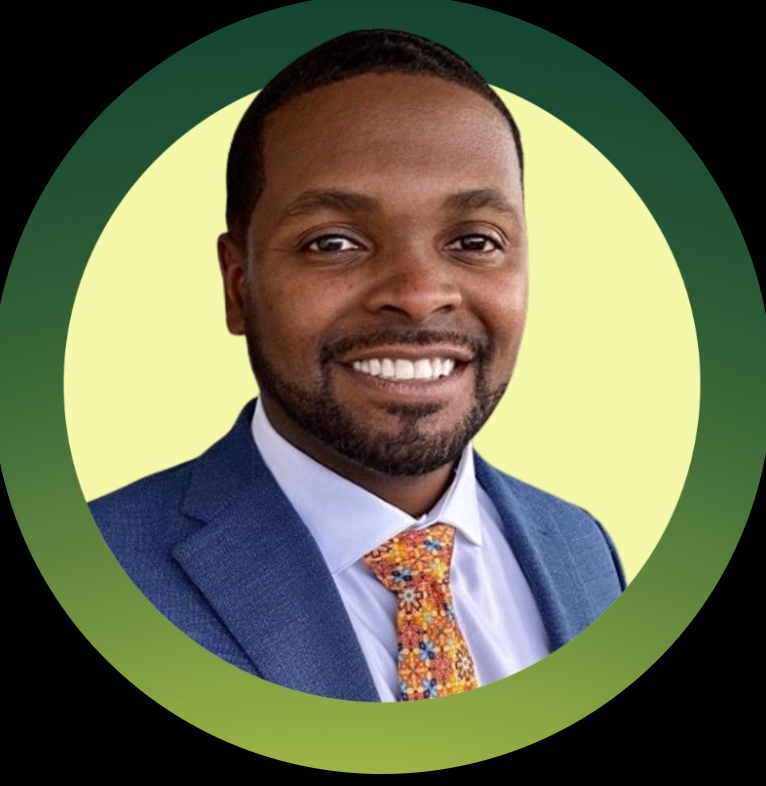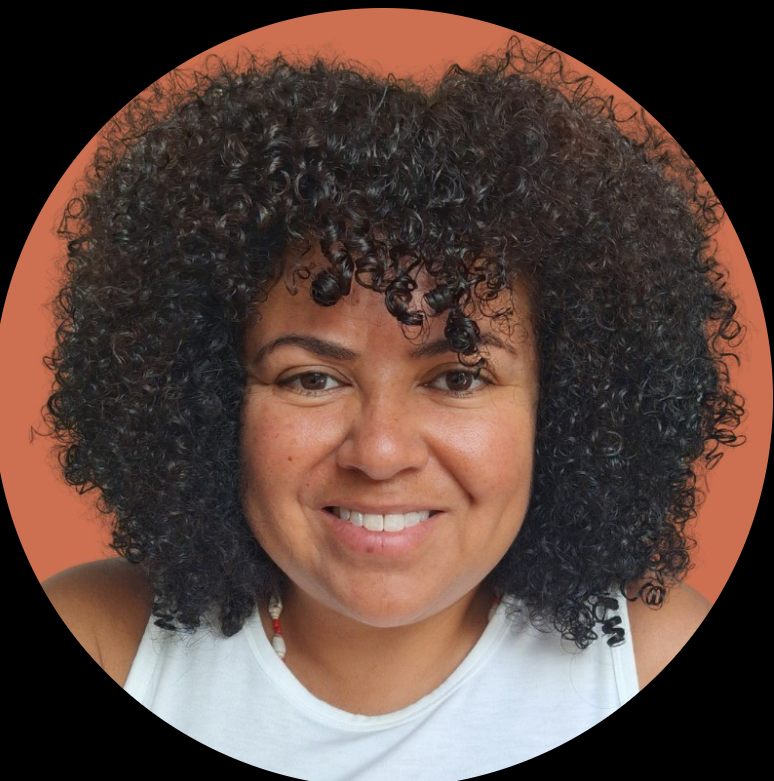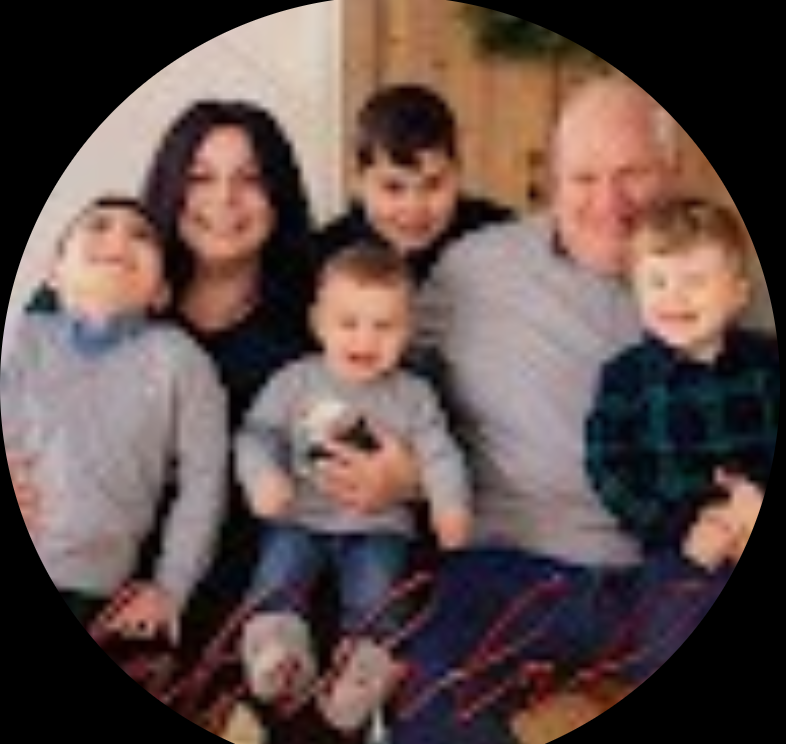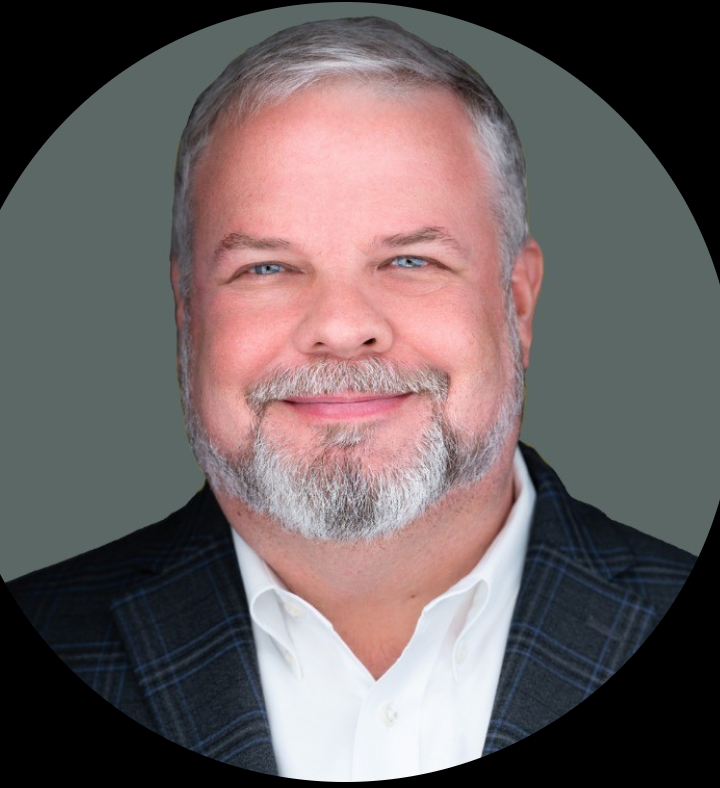Meet Georgina Brown, a UK-based inclusion specialist and coach whose three-decade-long journey in Equality, Diversity, and Inclusion (EDI) has been driven by empathy, curiosity, and a deep respect for human difference. From overcoming dyslexia to becoming a thought leader in neuro-inclusive leadership, Georgina’s story is one of resilience and reinvention. After 30 years in EDI, she is redefining what inclusion truly means—moving away from confrontation and toward compassion, understanding, and science-backed change.
Humans of Fuzia is proud to feature Georgina’s story as part of our global initiative to highlight changemakers creating real social impact. Her work aligns deeply with Fuzia’s mission of He for She and She for She, inspiring over 5 million community members to lead with empathy and create inclusive spaces where everyone can thrive.
Q: Georgina, could you share a bit about your journey—what shaped you into who you are today?
A: I was a very shy child, often feeling like an outsider. I was diagnosed with dyslexia and dyscalculia at 14 and was in the bottom group for everything at school. Then an IQ test revealed a score of 148 and that I was a Mensa candidate—so clearly something wasn’t aligning. That was a turning point. I became fascinated by how differently wired brains work and how people around me who showed kindness and adaptability allowed me to thrive.
When I went to university, everything changed. I studied English and Sociology, which opened my eyes to systemic structures and how they shape behaviour. My first job in a Black-led change management company was another defining moment. It exposed me to issues of discrimination, meritocracy, and social equity. Working with leaders like Dame Jocelyn Barrow, who told me, “You never get change by banging your fist on the table—you do it with kindness, compassion, and resilience,” completely shifted my outlook.
Q: You’ve been in EDI for nearly 30 years. What made you return to the “original concept” of inclusion?
A: Over the years, I noticed that inclusion work had turned into a fight—full of tension and defensiveness. That was never the intention. I wanted to understand why it was triggering such visceral reactions, and my search led me to neuroscience. I discovered that when we encounter difference, our brains can perceive it as a threat. This ancient survival mechanism—fight, flight, freeze, or fawn—kicks in automatically. By understanding this biology, we can reframe inclusion, reduce the threat response, and create genuine connection instead of conflict.
Q: Why do you combine neuroscience and coaching in your approach to inclusion?
A: Neuroscience shows us why people react to difference—it maps out how bias and fear work in the brain. But awareness alone doesn’t create change. Coaching provides the bridge between knowledge and practice. Through coaching, people can reflect on their automatic responses, experiment with new behaviours, and develop real emotional intelligence. Inclusion is a behaviour, not just a belief—and coaching is what transforms theory into lived practice.
Q: Tell us about the BARDO NIMM framework and how it works in practice.
A: The BARDO NIMM (Neuroscience-Informed Maturity Model) helps individuals and organisations embed inclusive behaviour in a structured, sustainable way. It has three stages:
- Delta (Awareness): Understanding how the brain reacts to bias and difference.
- Alpha (Application): Applying new inclusive behaviours in real-world situations.
- Gamma (Sustainability): Embedding those behaviours into the organisation’s culture and systems.
Coaching ties all of this together—it ensures that the learning isn’t just intellectual but behavioural and emotional.
Q: Why focus on coaching rather than traditional training?
A: Most EDI workshops raise awareness but rarely change behaviour. People go back to autopilot the moment they leave the room. Coaching is continuous, reflective, and personal—it helps people recognise when their brain is in threat mode, pause before reacting, and reframe their thinking. It’s the difference between knowing what’s right and doing what’s right, consistently.
Q: How do you measure the impact of coaching on inclusion?
A: We measure change at three levels:
- Individual: Increased self-awareness and the ability to interrupt bias.
- Team: Greater psychological safety and equitable collaboration.
- Organisation: Better retention of diverse talent and stronger inclusion metrics.
When paired with frameworks like NIMM, coaching becomes a living practice rather than a compliance exercise.
Q: Can coaching truly change entrenched biases?
A: Yes, but it takes time and consistency. Biases live deep within our neural networks—they’re automatic. Coaching helps slow down the “fast brain” and rewire those patterns through conscious reflection and practice. This is what neuroscience calls neuroplasticity. Awareness alone can make people defensive; coaching makes transformation possible.
Q: How do you integrate coaching into organisational inclusion strategies?
A: Coaching can operate on multiple levels—leadership coaching for modelling inclusive behaviour, group coaching for shared accountability, and individual coaching to empower those from diverse backgrounds. By embedding coaching into structures, organisations don’t just tell people to “be inclusive”—they show them how, every day.
Q: What’s the ultimate value of coaching in inclusion work?
A: It humanises inclusion. Coaching reduces defensiveness by explaining the biology behind behaviour, and it empowers people to own their responses. It bridges the gap between policy and practice—turning inclusion from a checklist into a culture.
Q: Why do you think EDI has become such a “fight” in recent years?
A: Because it’s too often framed around compliance and blame, which triggers defensiveness. People hear EDI and think they’re being judged. The original idea of inclusion was about belonging and connection. Neuroscience helps us return to that by showing us the human reactions behind resistance.
Q: What exactly happens in the brain when we encounter difference?
A: The amygdala—the brain’s threat detector—kicks in. It can’t tell the difference between a physical threat and a social one, like a colleague challenging your view. Cortisol rises, breathing quickens, and thinking narrows. That’s why inclusion can feel uncomfortable. If we calm that response, the prefrontal cortex (our logical brain) re-engages, and real dialogue becomes possible.
Q: How does understanding this biology change how we approach inclusion?
A: It removes blame. Instead of saying, “You’re biased,” we can say, “Your brain is responding as if this is a threat.” That reframing helps people relax, reflect, and engage more openly. It turns difficult conversations into opportunities for curiosity and connection.
Q: Some people think neuroscience is too abstract. How do you make it practical?
A: I translate it into everyday habits—like pausing before responding, recognising when you’re in “fight-flight mode,” and using language that lowers threat levels. Even small shifts, like how meetings are structured or how feedback is given, can make a big difference when grounded in how the brain actually works.
Q: How is this different from traditional EDI training?
A: Traditional training often stops at awareness. Neuroscience-informed coaching goes deeper—it works with the brain, not against it. Instead of forcing change through guilt or pressure, it fosters understanding and lasting cultural transformation.
Q: You often speak about empathy and emotional intelligence in leadership. How do you see women’s role in this?
A: I think women have been socially conditioned to nurture and empathise, while men have been conditioned to suppress those traits. My work is about rebalancing that—helping men see that empathy is strength, not weakness, and helping women unlearn guilt or shame when they say no. True inclusion happens when emotional intelligence is valued equally across all genders.
Q: Finally, what advice would you give to aspiring entrepreneurs and changemakers?
A: Don’t ever hide from yourself. The only thing stopping you is the way you’ve been programmed to think—and that can be changed. Lead every decision with kindness, know your intent, and stay true to it. You’ll not only change your world but also inspire others to do the same.
“Always do it with kindness in your heart—and be open to what your possibilities are.”
— Georgina Brown
Connect with Georgina:
You can connect with Georgina Brown on LinkedIn or visit bardo.co.uk to learn more about her work in neuroscience and inclusion.
Want to be featured?
If you’d like to be featured in the Humans of Fuzia series, email us at fuziatalent@fuzia.com.



